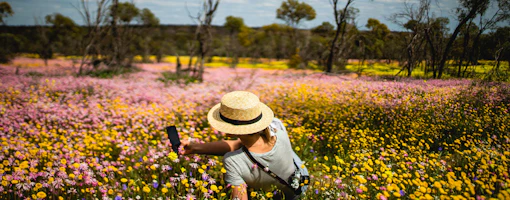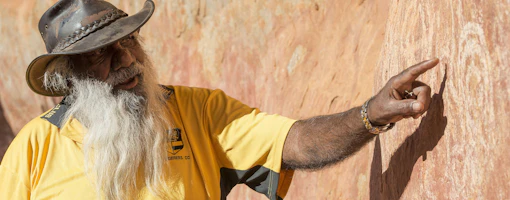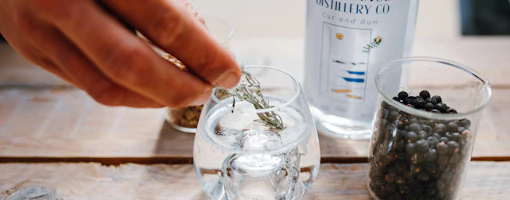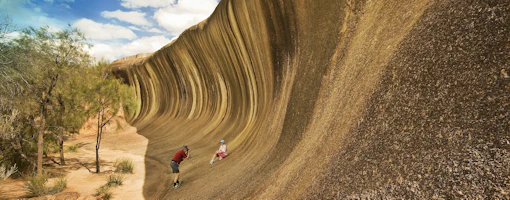
Top Walking Trails in Kalgoorlie
To get to Kalgoorlie (600km east of Perth), you will have spent significant time in a car, train or plane. While you could explore Kalgoorlie by tram, Harley Davidson trike, or helicopter, save time to experience the goldfields in the most immersive way possible; on your own two feet.
Stretch your legs through Kalgoorlie’s fascinating history and culture on these self-guided trails, and tap into the heart of modern-day Kalgoorlie.
Heartwalk trail
In 2017 and 2018, around 60 murals were painted by local and visiting artists, transforming Kalgoorlie’s business district into a lively arts district. Download the App called ‘Everythere’ and follow the Heartwalk Trail to discover each of the murals and artists that adorn the town’s buildings and walls.
One of the largest, and most colourful artworks is the utterly charming Karlkurla Dreaming by local Indigenous artist Jason Dimer and his extended family. The Karlkurla is a local fruiting vine (also called the silky pear), and also inspired the name Kalgoorlie. Another favourite is Drowning Within by Stormie Mills, a renowned international street and graffiti artist.
The entire walk covers 4.5km, but it can easily be shortened depending on your time or energy levels. To see it all, allow three hours, or longer with coffee, lunch and stopping stops.
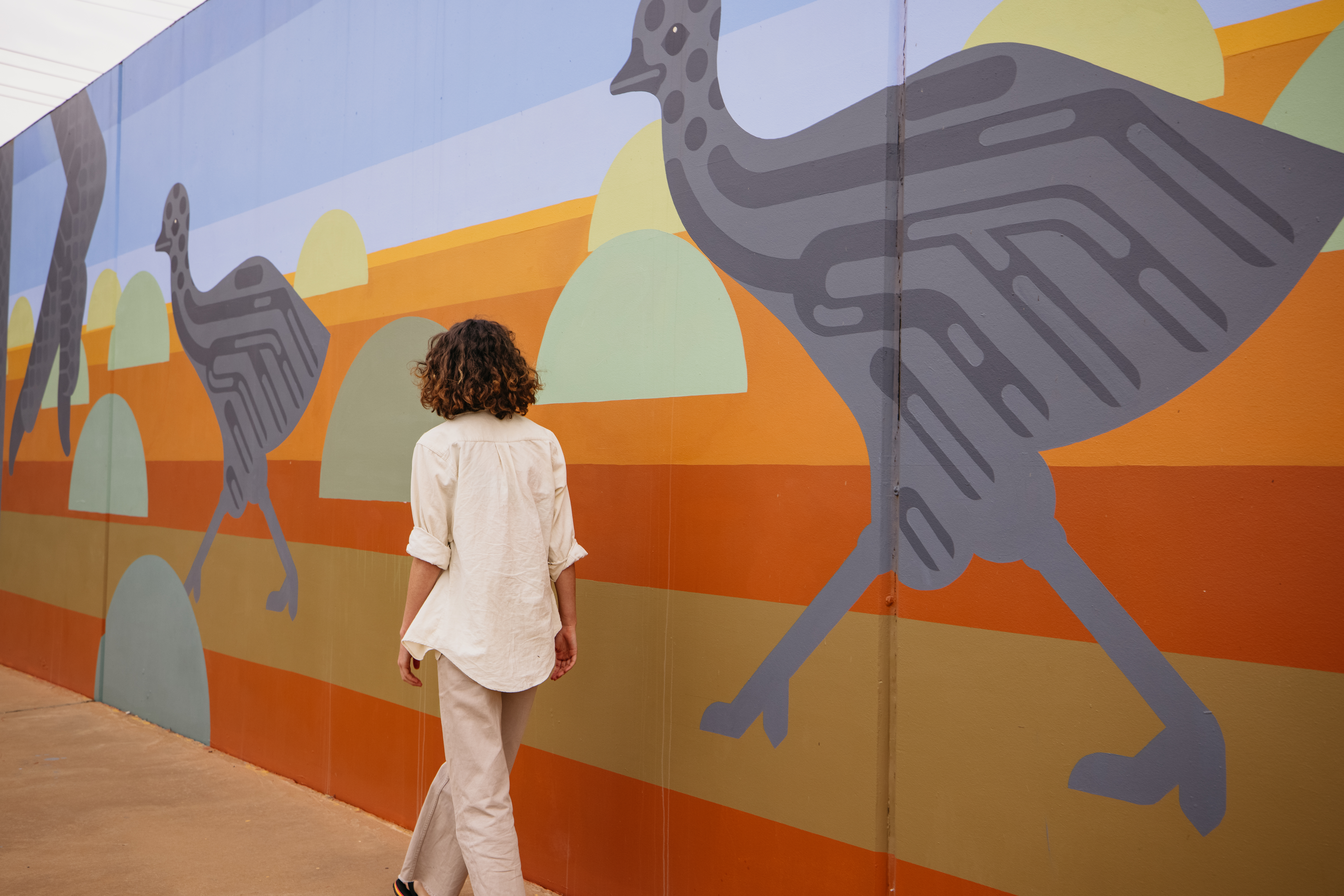
Doug Krepp Walking Trail Loop
This trail is the centrepiece of the Karlkurla Bushland Park, a 200-hecatre woodland reserve. The park is a testament to the determination of the community that rehabilitated this former mining land. What was once a dust bowl, now features stunning examples of the vegetation of the Great Western Woodlands, an ecosystem that covers 16 million hectares of arid land.
The park has been rehabilitated in several phases, one notable effort being when 400 community members planted 2000 trees and shrubs as part of the Olympic Torch passing through the city in 2000.
Visitors today can walk or jog on the Doug Krepp Walking Trail, named after the late councillor who envisioned this park. A 4km trail starts with a boardwalk and climbs two gentle hills. The path becomes well-compacted gravel and heads up to the Katunga Lookout, where an observation tower provides views across Kalgoorlie and the countryside.
The trail includes interpretive signage on historical mining operations on this land and the many species of native vegetation in the park, such as salmon gums, melaleuca trees, sandalwood, and silky pears/karlkurla. There are drinking fountains, picnic tables and a long-drop toilet. Enter the park from one of two carparks on Tumbarri Way or Paddington Drive, and allow one to two hours. Dogs are welcome on a lead.
Kalgoorlie Arboretum
The Arboretum was planted in 1954 by a group of foresters and planting continued into the 1970s to inform research. The reserve covers 26 hectares. Over 60 species of eucalypt trees are presented here with interpretive signage that explains these arid-adapted species and their critical role as part of the Great Western Woodlands.
There are seats and shady picnic tables for a break, and bring your binoculars for a spot of bird watching by the dam. The trail through the Arboretum is only 2.1km, and should take around 25 minutes to complete. Dogs are welcome on a lead.
Self-guided town audio walks
Drop in to the Kalgoorlie Boulder Visitor Centre to pick up a self-guided audio tour, which will guide you through some of the goldfields’ most fascinating history and sites. Keeping the pace lively, you’ll hear the voices of colourful characters providing the narration through your headset.
Two tours are included with the headset rentals, one is set in Kalgoorlie and one in Boulder, encompassing over 50 diverse sites of interest. Tune in for the backstory on heritage hotels, the WA School of Mines, the Paddy Hannan statue, Questa Casa Brothel and the Super Pit Lookout.
The cost is $20 per person, plus a $50 refundable bond. The fee includes a souvenir map and information booklet to help you follow along. As this tour is self-guided, it can take as long as you wish, but do allow half a day to experience the tours properly, and longer to incorporate café stops.






